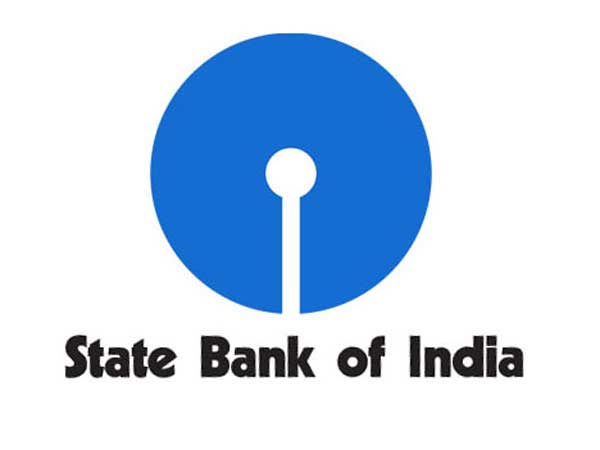Tata Motors
The firm is bullish on the stock of Tata Motors and sees good traction going ahead. It has suggested to buy the stock of Tata motors for long term. Motilal Securities recommends BUY at Rs.317 with target price of Rs.400.
The stock gained 17.08 percent over three years, compared to 45.46 percent for the Nifty 100. This year, the stock has fared well, with a total return of 67.27 percent to date.
According to it, JLR’s retails grew 68% YoY to ~124.5k in 1QFY22, with LR/Jaguar growing 72.5%/55%.
‘Wholesales stood at 84,442 units (excluding China JV), up 72.6% YoY. However, this was ~30,000 units lower (~27%) than what otherwise would have been planned as a result of semiconductor supply constraints and the impact of COVID-19, although this reduction had been broadly anticipated. It expects the situation to start to improve in 2HFY22. Hence, it expects a negative FCF of ~GBP1b, with a negative EBIT margin in 2QFY22,”the brokerage firm has said.
TTMT’s three businesses are all recovering. While the India CV business is recovering cyclically, the India PV business is recovering structurally. JLR is experiencing a cyclical comeback as well, thanks to a good product mix.
Godrej Agrovet
The firm examined current patterns in palm oil prices, the factors that drive these prices, and the resulting impact on GOAGRO’s Palm Oil division, which contributed 12 percent of revenue and 17 percent of EBITDA in FY21. The stock has performed with a total return of 23.10 percent to date.
Its stock is currently trading at Rs 663.55. It currently has a market capitalization of Rs 12808.94 crore. The company reported gross sales of Rs. 52501.3 crores and total income of Rs. 51596.9 crores in the most recent quarter.
“Global palm oil prices have seen a sharp rally, primarily due to higher demand from the Bio-Diesel segment (primarily the US market) and increased demand from China. However, with expansion in plantations, coupled with the easing of logistic issues, the outlook for palm oil production remains strong. As a result, Jun’21 palm oil prices fell 12% MoM. Palm oil prices were flat on a YTD basis and up 55% YoY to USD1,017/mt,” firm said it its report.
China is buying huge quantities of palm oil, pumping up prices of the hard oil that India imports from Indonesia and Malaysia, to meet its domestic demand. In CY21, China’s palm oil imports increased 6% YoY to 7.2mmt (v/s 6.8mmt in FY20), it added.
Laurus Labs
The Annual Report Analysis of Laurus Labs (LAURUS) shows a significant increase in ROE, owing to a solid head start in finished dosage forms (FDF), improved operational profit, and a lower borrowing rate, the broking firm said.
Its share price today is 682.15. It currently has a market capitalization of Rs 36574.82 crore. The company reported gross sales of Rs. 47687.2 crore and total income of Rs. 47960.4 crore in the most recent quarter. This year, the stock has fared well, with a total return of 92.69 percent to date.
“LAURUS is investing INR15-17b in building R&D centers and greenfield/brownfield expansions for a meaningful commercial benefit from FY23. We raise our EPS by 3%/6% for FY22/FY23, factoring in improved business scope in the ARV – Synthesis segment. We raise the PE multiple to 24x (from 18x earlier) as LAURUS fortifies its skillsets across the clinical phase towards (a) commercial manufacturing in the CDMO segment (Synthesis), (b) gaining traction in the Biotech space, and (c) total integration as well as pipeline buildup in the ARV/Non-ARV space.” the firm said.
Accordingly, we arrive at TP of INR800 on a 12M forward earnings basis and reiterate BUY on the stock, it added.
Indian Hotels
IH had an investor meeting at which it outlined its strategy to capitalise on business recovery, focus on new brands and companies, seek asset-light expansion, maintain expenditure optimization, strengthen the Balance Sheet, and focus on RoCE. At Rs.152, Motilal Securities recommends BUY with a target price of Rs.180.
The current share price is 151.8. It currently has a market capitalization of Rs 18070.78 crore. The company reported gross sales of Rs. 11331.5 crores and total income of Rs. 12436.7 crores in the most recent quarter.
“As per ‘Aspiration CY22′ announced in CY18, it looked to sign 15 Hotels under management contract annually. However, it added 22/29/17 Hotels in FY19/FY20/FY21,” the firm said in the report.
Total operating cost fell 45% to INR19.2b and fixed cost per month declined by 28% to INR1.2b in FY21 on the back of manpower optimization and reduction in corporate overheads. Staff/room ratio has reduced substantially for IH across brands, it added.
4 Stock Recommendations From Motilal Oswal For Solid Returns
| Company |
Target price |
LTP |
| Tata Motors |
Rs 400 |
Rs 311 |
| Indian Hotel |
Rs 180 |
151.15 |
| Laurus Labs |
Rs 800 |
683 |
| Godrej Agrovet |
Rs 758 |
667.80 |
Disclaimer
The above mentioned stocks have been picked from brokerage reports. The author, the brokerage or Greynium Information Technologies do not take any responsibility for losses that maybe incurred. The above article is for informational purposes only.


















